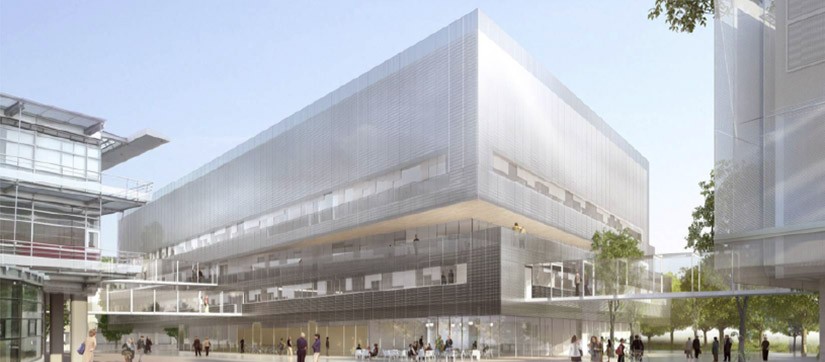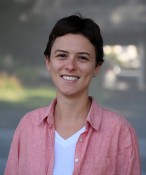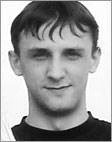
Florian LARRUE
Influence of interfaces in the transfer from virtual to real
décembre 2012 Directeur(s) de thèse : Christian GROSS Résumé de thèseInfluence of interfaces in the transfer from virtual to realThe general theme of our thesis focuses on the transfer of spatial learning from a virtual to a real environment, and more precisely on the identification of parameters that might optimize this transfer. Namely, we investigated the influence of displacement interfaces, of the physical involvement, and of the body-based information on the acquisition and the transfer of spatial learning from a virtual to a real world. The physical involvement was manipulated with the help of two interactors (Treadmill vs. Joystick) that respectively propose strong and mild physical involvements as well with the help of a Brain-Computer Interface (BCI). The BCI allows controlling displacements using subject’s brain activity, thus nullifying all effective motor components. Finally, we also manipulated videogame experience, a parameter supposed to play an important role in the acquisition and the use of spatial skills in the widest sense and, more specifically in the virtual-to-real transfer. Our experimentations first consisted in route learning within one of the above described interaction conditions. Then, the virtual-to-real transfer of spatial learning was evaluated with 6 tasks: the picture classification task, the distance estimation task, and the direction estimation task (egocentric task); the sketch-mapping task, the starting point estimation task (exocentric task); and finally the global wayfinding task, consisting in reproducing the previously learned virtual route in the real environment.Our results reveal that the effects of the physical involvement (in particular, of the proprioceptive and vestibular information) and of the videogame experience are different, depending on the nature of the spatial ability needed (egocentric or exocentric component, route reproduction). Moreover, the results obtained with the BCI allow to precise the role of the motor component in the acquisition and the transfer of spatial skills from the virtual to the real environment.These findings are discussed relative to the models of spatial knowledge acquisition and its utilization, such as the Landmark-Route-Survey model and the graph theory. Future trends of our work will concern the development of user-friendly interfaces as well as the training or the retraining of spatial abilities in older adults with or without degenerative disorders and patients with various brain lesions.





















































































































